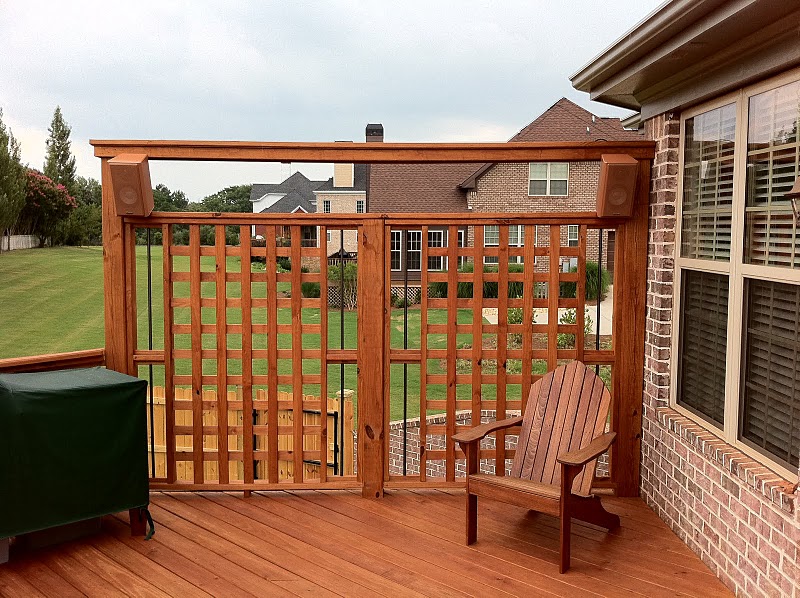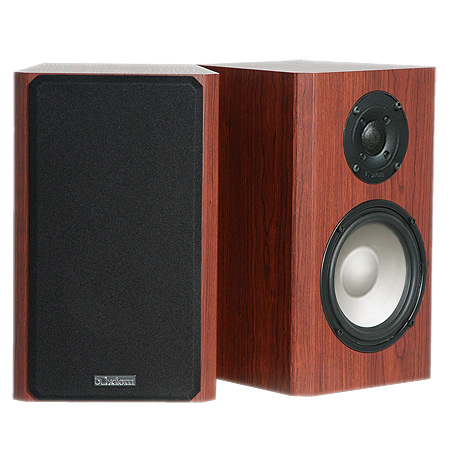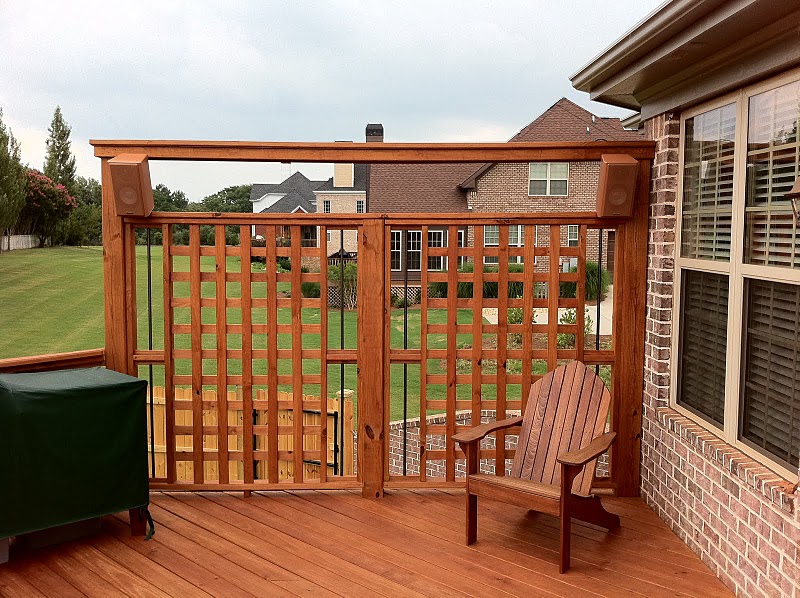I get lots of emailed questions from home theater enthusiasts who want to use their A/V receiver to run a second pair of bookshelf speakers in the bedroom or den, sometimes even a third pair on a patio—in addition to the main pair of speakers in their home theatre system. The questioner asks how to do it, and whether it will harm the A/V receiver. Typically, the question mentions the impedances of the various speakers.

The short answer is that it isn't a very good idea. It's inconvenient because the person in the bedroom or den won't have control of the volume or the source unless an elaborate system of infrared repeaters or some variation on custom wall plates with level controls is installed. However, for party purposes, if you simply want to pipe music into another room, it can be done if you work out the total impedances. Whether or not your receiver will even drive the extra speaker pairs depends on whether or not you want to run three pairs of speakers at once, power one remote pair, or run two pairs simultaneously. Running two or more pairs of speakers wired in parallel (red to red, black to black or + to +, - to -) simultaneously from the same amplifier may lower the combined impedance (resistance) to a very low value (4 ohms or less). Many receivers may overheat and temporarily shut down.
But you can apply a simple formula to calculate what will happen to the impedance when you power more than one pair together. The rated impedance of a speaker represents the combined resistance, in ohms, of the speaker (the voice coils inside, and the crossover) to the flow of current from your amplifier. If you power two pairs of 8-ohm speakers connected in parallel (see above), the amplifier sees a combined resistance of 4 ohms. That seems counter-intuitive, but that's the way electrical current behaves. Some A/V receivers will drive the 4-ohm load without difficulty but most will not.
Now, let's say you want music in your basement office. When you connect a third pair of 8-ohm speakers to the same amplifier that's already driving two 8-ohm pairs, you run into real problems. The equation for figuring out the total impedance (Rt) when the impedance of all speakers is the same (8 ohms in our example) is the impedance divided by the number of speakers. So for three pairs of 8-ohm speakers driven together, the answer would be 8 divided by 3 = 2.6 ohms, too low for any receiver to handle. When there are varying impedances amongst the speakers then you need a common denominator: 1/R1 + 1/R2 + 1/R3 = 1/Rt where Rt must have a 1 above it to be correct. If you had one 6-ohm pair, one 8-ohm pair, and one 4-ohm pair, and you wanted to run three pairs simultaneously, then the calculation would be: 1/6 + 1/8 + 1/4 = 4/24 + 3/24 + 6/24 = 13/24 = 1/1.85, so Rt = 1.85 ohms. If you try to drive all three pairs simultaneously with a 1.85-ohm load, the receiver will overheat and the protection circuits will temporarily shut it down to prevent damage to the output transistors. However, if your receiver has a speaker “A” or “B” selector (sometimes it's called “Main” and “Remote”), you can set it to drive one pair on A, and one pair separately on B, but not A and B at the same time.
There are a couple of other options. With many newer 7.1-channel receivers, you have the option of designating a second “zone” to drive a second pair of speakers in a bedroom or den using the two amplifiers normally assigned to the extra pair of rear-channel speakers that make it a 7.1-channel system. That way, there is no additional impedance load to worry about. Just set the receiver for “7-channel stereo” or a similar mode and rock away. And some models do let you wire up an infrared repeater and use a second remote in the other room to control the 2nd-zone volume. You could also add an outboard A/B switch to enable selecting one pair or the other (but not both at once) or use a multiple-speaker selector switch from Radio Shack or other suppliers. These prevent the impedance from falling too low, although these waste amplifier power and may introduce other impedance oddities.

If you really want to wire up many rooms in the house, then you have to use a distribution amplifier and control system that may contain 12 or more amplifier channels. Connecting up such a system is beyond the skills of enthusiastic amateurs, so things get very expensive because you have to call in an expert A/V installer. Frankly, it's simpler and far less costly to just get an inexpensive extra receiver and CD player or integrated amp for the second room, or a simple shelf system for the bedroom. You can upgrade the sound quality by substituting a pair of Axiom M3ti bookshelf speakers for the crummy ones supplied with the shelf system. It won't play as loud as your big home theatre system, but at least family in other rooms can choose their own programming without the hassle and expense of controlling it all from a central source.
Read the next tip: "Acoustical Room Treatment"






